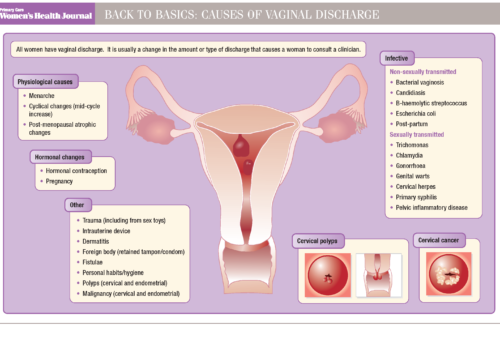Ninety-five per cent of women of reproductive age experience physical and psychological changes during their normal menstrual cycles, particularly in the premenstrual phase. These are normal and usually do not greatly affect quality of life. But 20% of women have symptoms that have a significant impact on their lives both at home and at work. These women have premenstrual syndrome (PMS).
Viewpoint
As we all know, these are challenging times. The Government is increasing NHS spending in real terms every year of this Parliament, but there will inevitably be financial pressures due to continuing innovation and improvement in treatment and the ever-increasing demand for healthcare from an ageing population. This makes it all the more important for services – including women’s healthcare – to be commissioned by people who have the best overview of the health needs of local people – and these experts are GPs.
Managing women with postnatal depression
Depression is one of the commonest complications of childbearing, affecting about 13% of women in the first few months after delivery. The consequences for mother and baby can be profound. Effective treatment is, however, available and most women can be managed in primary care by their GP or practice nurse.
Editorial
Welcome to the brave new world of the NHS, or is it back to the future? GPs are to be the lynchpins of the health service, again taking charge of local budgets and deciding which services – both community and hospital – to fund.
Nexplanon: the next step for the contraceptive implant
The contraceptive implant Implanon was introduced into the UK in 1999, and has proved itself over the last 11 years, with over 280,000 insertions last year. Careful insertion technique is important to avoid difficulties with removal, but the risk of these problems should be
Taking a positive approach to fibromyalgia
Adiagnosis of fibromyalgia on a patient’s record will immediately produce a negative reaction in health professionals whom they meet for the first time. This reflects the difficulty in managing some of these patients. But most people with fibromyalgia benefit from a clear explanation of their symptoms and a management plan.
Promoting contraceptive choice in the south Asian community
Lack of awareness of contraceptive choices has fuelled rising abortion rates among women of Asian heritage. By engaging and empowering women themselves and developing community partnerships, one PCT has increased the take-up of long-acting reversible contraception (LARC) and reduced the number of abortions.
Back to Basics: Causes of vaginal discharge
Why is there such a fuss about chlamydia?
At first sight it is difficult to understand the controversy about chlamydia. It is the commonest sexually transmitted bacterial infection. It is easy to acquire. If untreated, it can have devastating consequences. There is an easy test for it, and effective treatment. But there are important reasons why screening has become such a controversial issue.
Could she have painful bladder syndrome?
How many times have you been to the toilet today? Where’s the nearest toilet? Why does it always hurt when I need the toilet? These questions are all too familiar to patients with painful bladder syndrome (PBS). By considering the condition when women present with bladder symptoms, GPs and practice nurses can ensure prompt referral for appropriate treatment.
Sexual problems in women
A consultation in which a woman reveals a sexual problem can be challenging for her GP or practice nurse. But a sympathetic and systematic approach to history and examination usually reveals the likely source of the problem and the right approach to appropriate treatment.
Heavy menstrual bleeding: no need for hang-ups in primary care
Clinical guidelines and technological advances mean that most women with heavy menstrual bleeding (HMB) could be managed outside hospital. One primary care trust has developed a patient pathway, based on a unique primary care service that offers hysteroscopic diagnostic and treatment procedures, including endometrial ablation under local anaesthesia.





















